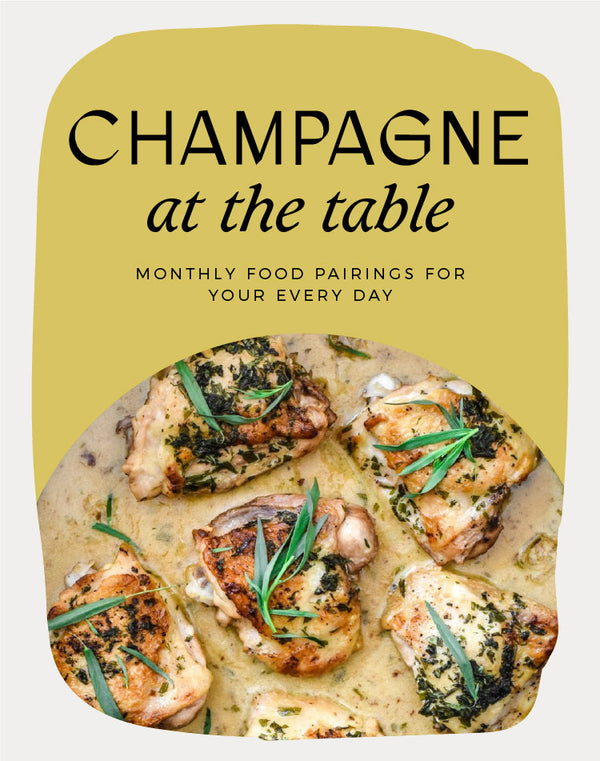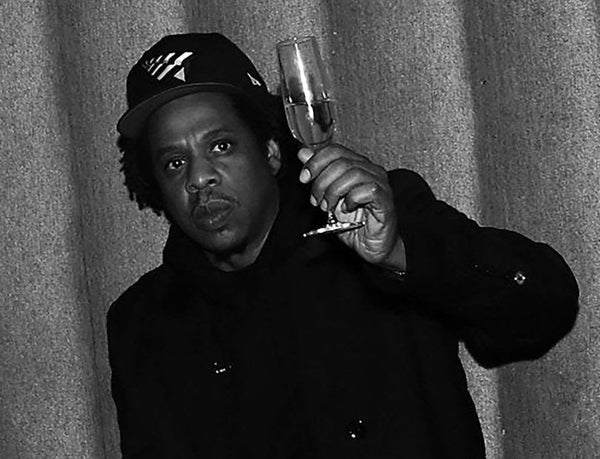
Watch: Les Femmes & Le Champagne
Laureen Baillette of Champagne Jean Baillette-Prudhomme is one of many powerful women impacting the world of Champagne. Learn more about her family, her process, and her inspiring journey in this...
Other than the fact that it brings people together, there are an infinite number of variables that make Champagne the most beautiful and complex beverage in the world. In the almost 15 years we’ve been growing fatcork, we’ve discovered a lot about this unique region and the people who make this exquisite Champagne. We hope you enjoy!

Laureen Baillette of Champagne Jean Baillette-Prudhomme is one of many powerful women impacting the world of Champagne. Learn more about her family, her process, and her inspiring journey in this...

Not only is grower Champagne one of the most stunning and delightful beverages, but it’s one of the many beautiful byproducts of sustainable agriculture. Quest-que ce sustainable agriculture? Let’s dive in....

Welcome to Champagne at the Table, where we bring you monthly seasonal fair to pair with your fatcork bubbles. We're serving up classic French-style creamy poulet, courtesy of a real French grandmother, and pairing it with the delectable Absolu Meunier by Didier-Ducos.

As responsible citizens of Planet Earth, we believe it’s our responsibility to do our part to give back to the land that gives us so much. Champagne would not even...

“As I ate the oysters with their strong taste of the sea and their faint metallic taste that the cold white wine washed away, leaving only the sea taste and...

The relationship between hip-hop and Champagne is an incredibly interesting story about culture, defiance, and the power of music. Champagne has always been associated with luxury, royalty and nobility....